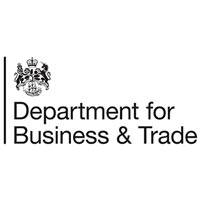The events of the past year have put the wellbeing of students and staff into sharp focus, and rightly so. When international schools closed their doors this year, although teaching continued, the day-to-day interactions of the physical classroom were lost, and the whole school community was stripped of a vital support network.
The events of the past year have put the wellbeing of students and staff into sharp focus, and rightly so. When international schools closed their doors this year, although teaching continued, the day-to-day interactions of the physical classroom were lost, and the whole school community was stripped of a vital support network.
While providing education was still vital, making sure children and staff were safe and well became the ultimate aim. But creating a school culture with wellbeing at its heart is not something that can be done overnight.
For some schools however, wellbeing is already something that is part of their DNA, so when school closures happened there was a culture embedded and systems in place to ensure everyone was supported.
Matt Seddon is deputy headteacher at Kellet School in Hong Kong where he designed, implemented, and led ‘Positively Kellett’, the school's internationally-recognised strategic approach to wellbeing and positive education. For Matt and his team the last year has been harder than most, with the protests in Hong Kong forcing the school gates to close months before the pandemic hit.
“We've been required to dig deep and ensure that wellbeing is a top priority, but this is something we’ve been doing for five to six years.”
As part of a webinar hosted by Tes in October 2020, Matt highlights six steps international schools can take towards embedding wellbeing into their operation. From initial strategy through to training and delivery he gives practical advice based on his own experience leading change at one of the world’s top international schools.
.png?ext=.png)







.png?ext=.png)




.png?ext=.png)



.png?ext=.png)







.png?ext=.png)

.png?ext=.png)

.png?ext=.png)



-4000px-(2).png?ext=.png)




